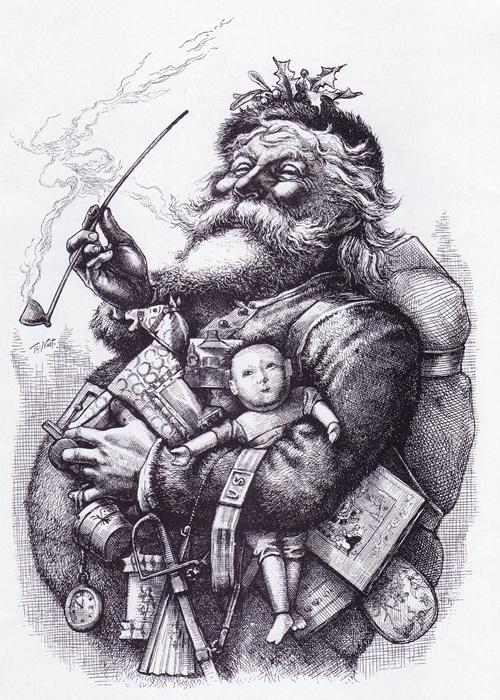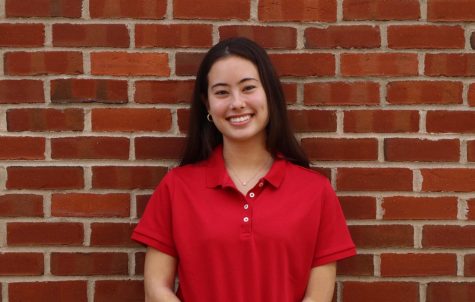The history of the North Pole
Mr. Robert Peary, a United States Navy civil engineer, traveled along with Mr. Matthew Henson, an American explorer, and four Inuit to reach what they thought was the North Pole, April 6, 1909. The development of the well-known Christmas character Santa Claus came to be, through the discovery of the North Pole. However, Dr. Frederick A. Cook had questions regarding the legitimacy of the discovery of the Pole, claiming that there were navigational errors in his trip which caused Peary and his group to land just a few miles away from the North Pole.

Mr. Henson first joined Mr. Peary’s trip to the North Pole in 1893, when they landed short of their desired destination. They failed once again in 1906, reaching a latitude of 88 degrees north, 150 miles from their intended location. Their last voyage departed in 1908, and they arrived at Ellesmere Island by ship, where they reached a latitude of 90 degrees north, too far past the Pole, April 6, 1909, according to history.com. Mr. Peary and his crew were unable to actually step foot on the North Pole.
Still, the United States Congress ruled that Mr. Peary was in fact first to reach the land mass.

After Mr. Peary’s discovery, American explorer Dr. Frederick A. Cook challenged their claim of being the first to reach the North Pole. Dr. Cook believed that he had reached the North Pole by dogsled the year before Mr. Peary did.
After Mr. Peary’s discovery, the North Pole gained a substantial amount of worldwide media attention, according to mashable.com. Today, many know the North Pole as home to Santa Claus, a figure based on Saint Nicholas. Mr. Thomas Nast, a German-born American cartoonist, made 33 drawings of Santa Claus. His publications illuminated the idea that the North Pole is the home to Santa Claus, giving rise to the figure, and to Mr. Peary’s discovery.
Featured Image by Sofia Pye ’21

After another successful year writing for the King Street Chronicle, Sofia is excited to be back as the News and Arts & Entertainment Content Editor...


